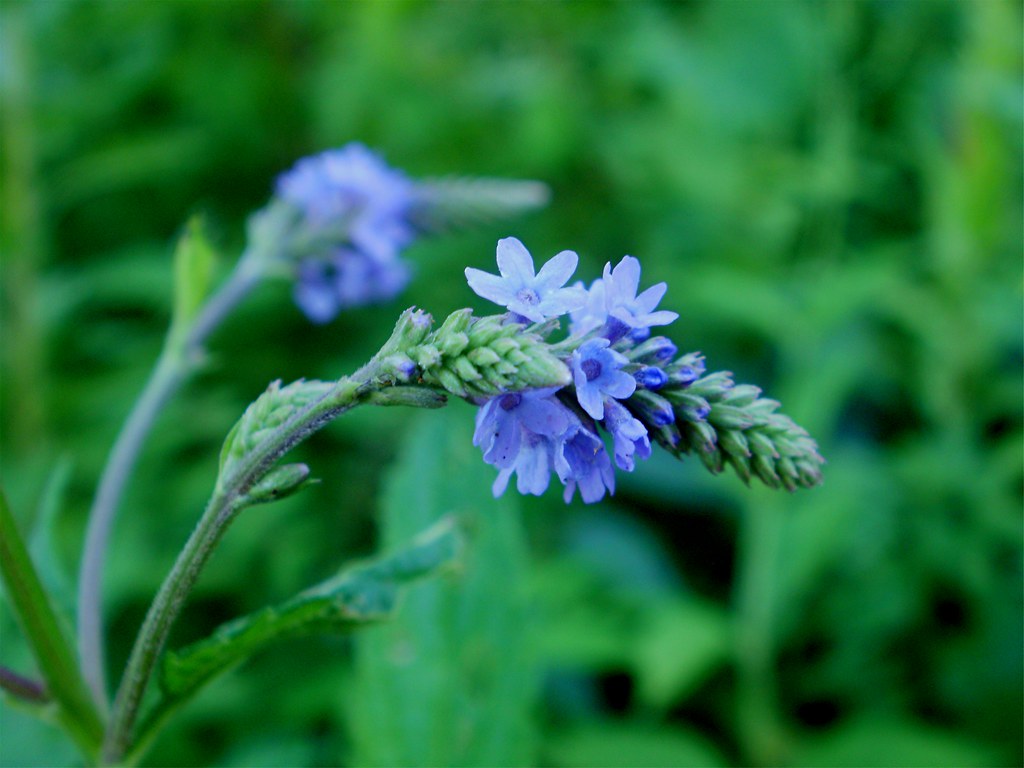Warmer this morning and considerably hazy again.
Wormwood pollen yellows my clothes commonly.
Ferris in his " Utah," crossing the plains in '52, says that, on Independence Rock near the Sweetwater, "at a rough guess, there must be 35,000 to 40,000" names of travellers. [Benjamin G. Ferris, Utah and the Mormons. New York, 1854.]
1 P. M. — To Lincoln.
Surveying for William Peirce. He says that several large chestnuts appear to be dying near him on account of the drought.
Saw a meadow said to be still on fire after three weeks; fire had burned holes one and a half feet deep; was burning along slowly at a considerable depth.
P. brought me home in his wagon. Was not quite at his ease and in his element; i. e., talked with some reserve, though well behaved, unless I approached the subject of horses. Then he spoke with a will and with authority, betraying somewhat of the jockey.
He said that this dry weather was "trying to wagons ; it loosened the tires," — if that was the word. He did not use blinders nor a check-rein. Said a horse's neck must ache at night which has been reined up all day.
He said that the outlet of F[lint's] Pond had not been dry before for four years, and then only two or three days; now it was a month.
Notwithstanding this unprecedented drought our river, the main stream, has not been very low. It may have been kept up by the reservoirs. Walden is unaffected by the drought, and is still very high. But for the most part silent are the watercourses, when I walk in rocky swamps where a tinkling is commonly heard.
At nine this evening I distinctly and strongly smell smoke, I think of burning meadows, in the air in the village. There must be more smoke in this haze than I have supposed. Is not the haze a sort of smoke, the sun parching and burning the earth?
H. D. Thoreau, Journal, August 31, 1854
Wormwood pollen yellows my clothes commonly. See August 31, 1859 ("These weeds require cultivated ground, and... now that the potatoes are cared for, Nature is preparing a crop of chenopodium and Roman wormwood for the birds.")
This unprecedented drought. See July 13, 1854 (“In the midst of July heat and drought.”); July 24, 1854 ("A decided rain-storm to-day and yesterday, such as we have not had certainly since May."); August 19, 1854 ("There is now a remarkable drought, some of whose phenomena I have referred to during several weeks past.”); August 22, 1854 (" Hundreds, if not thousands, of fishes have here perished on account of the drought."); September 10, 1854 ("The first fall rains after the long drought"). See also August 21, 2019 ("There is quite a drought, and I can walk almost anywhere over these meadows without wetting my feet., , , It is like the summer of '54.")
At nine this evening I distinctly and strongly smell smoke, I think of burning meadows . . .There must be more smoke in this haze than I have supposed. See August 25, 1854 ("Between me and Nawshawtuct is a very blue haze like smoke. Indeed many refer all this to smoke"): August 26, 1854 ("I hear of a great many fires around us, far and near, both meadows and woods; in Maine and New York also. There may be some smoke in this haze, but I doubt it."); August 28, 1854 ("I think that haze was not smoke;"); September 25, 1854 ("I think that if that August haze had been much of it smoke, I should have smelt it much more strongly, for I now smell strongly the smoke of this burning half a mile off,"); See also October 21, 1856 ("It is remarkably hazy , , , but when I open the door I smell smoke, which may in part account for it. .")
August 31. See A Book of the Seasons, by Henry Thoreau, August 31
Is not the haze a
sort of smoke – the sun parching
and burning the earth?
A Book of the Seasons, by Henry Thoreau, There must be more smoke in this haze than I have supposed.
A Book of the Seasons, by Henry Thoreau,
"A book, each page written in its own season,
out-of-doors, in its own locality."
~edited, assembled and rewritten by zphx © 2009-2024
The persistent song
of the eastern wood pewee,
high on an oak snag.
Zphx August 31, 2019








